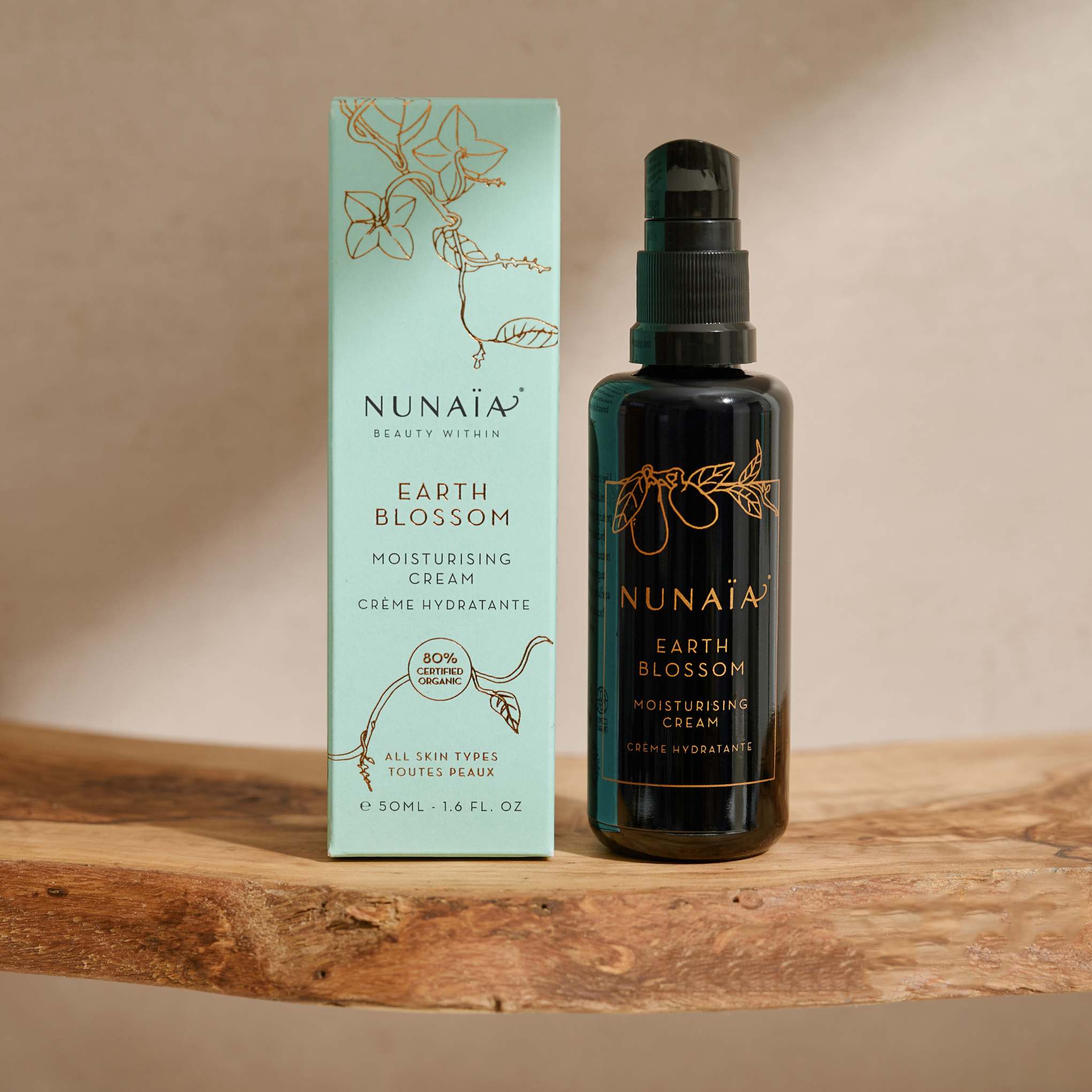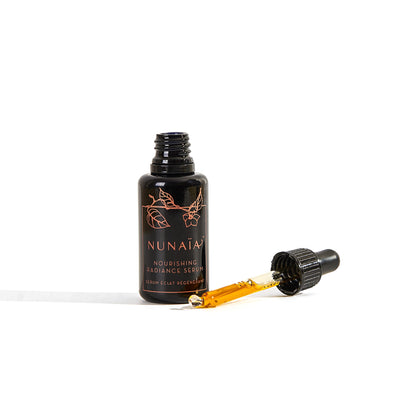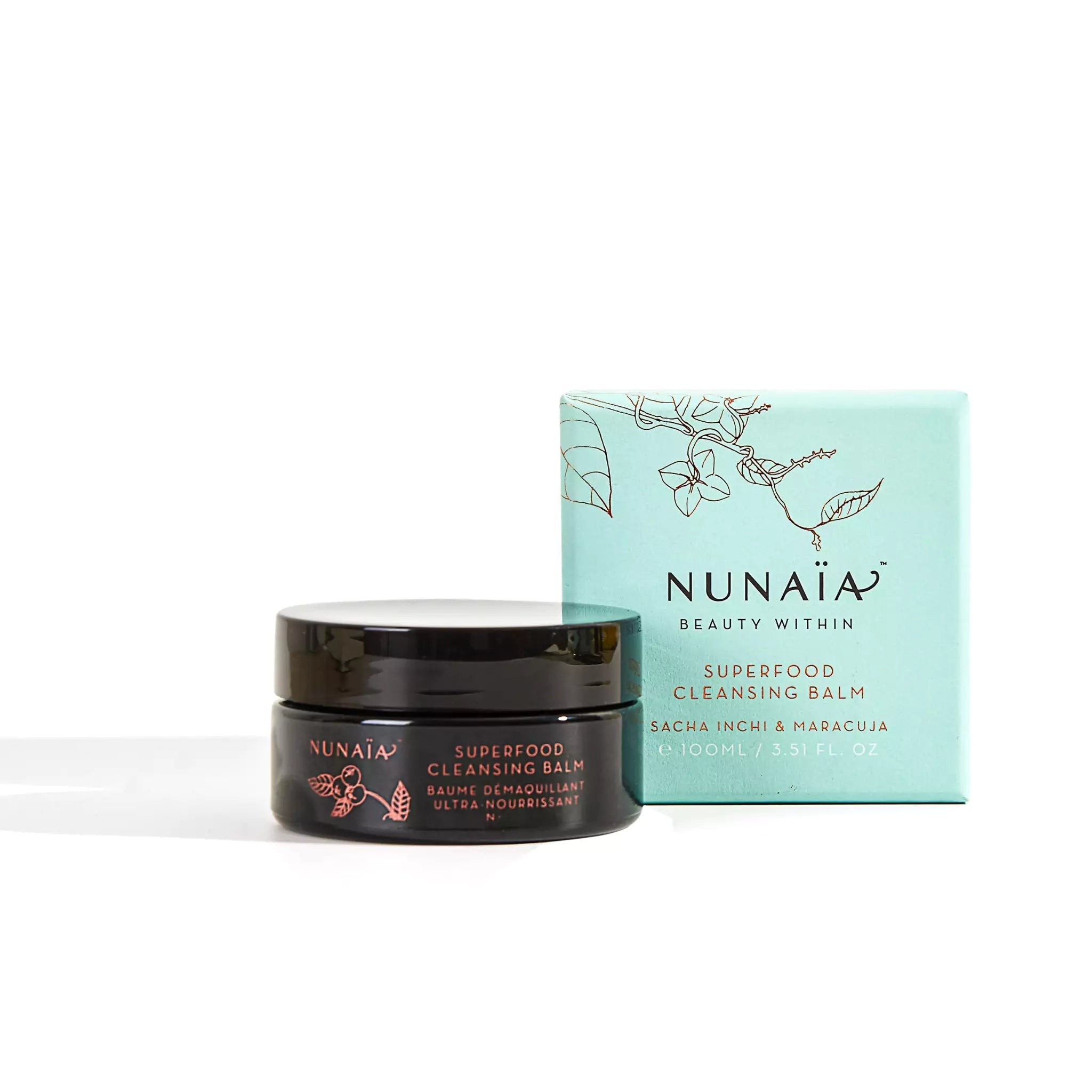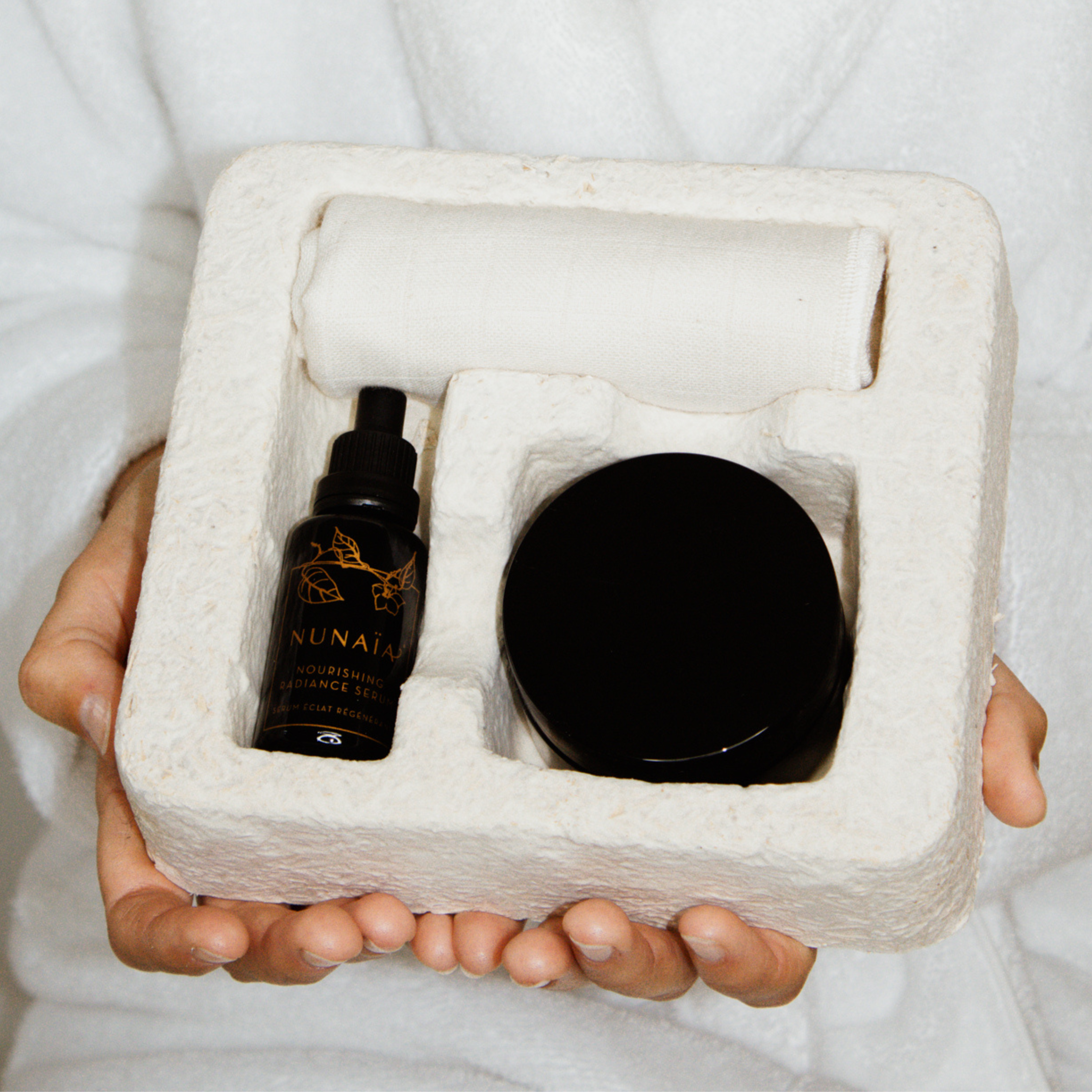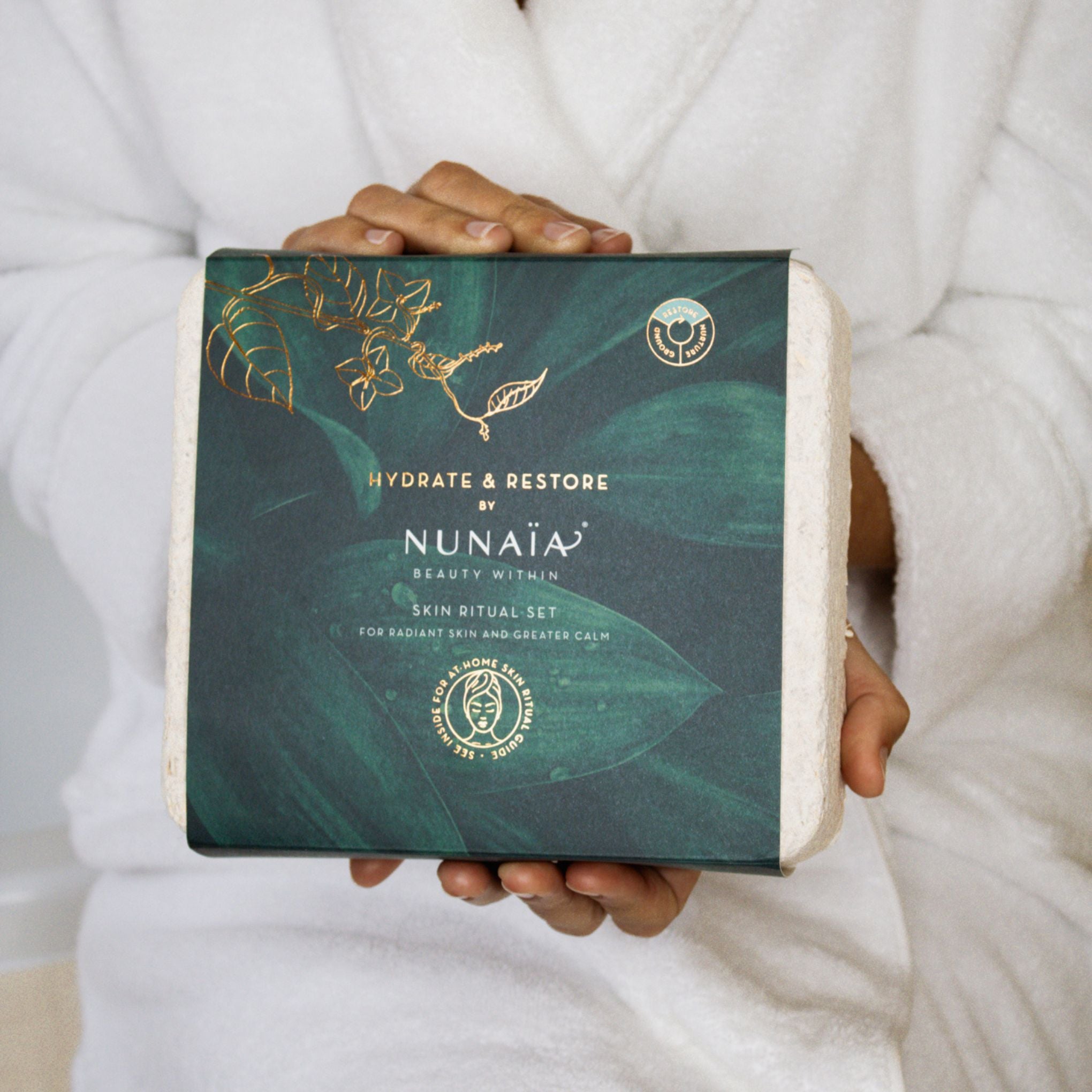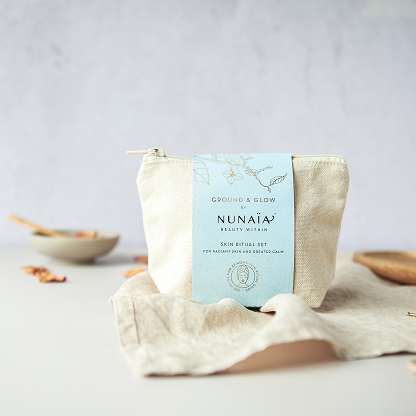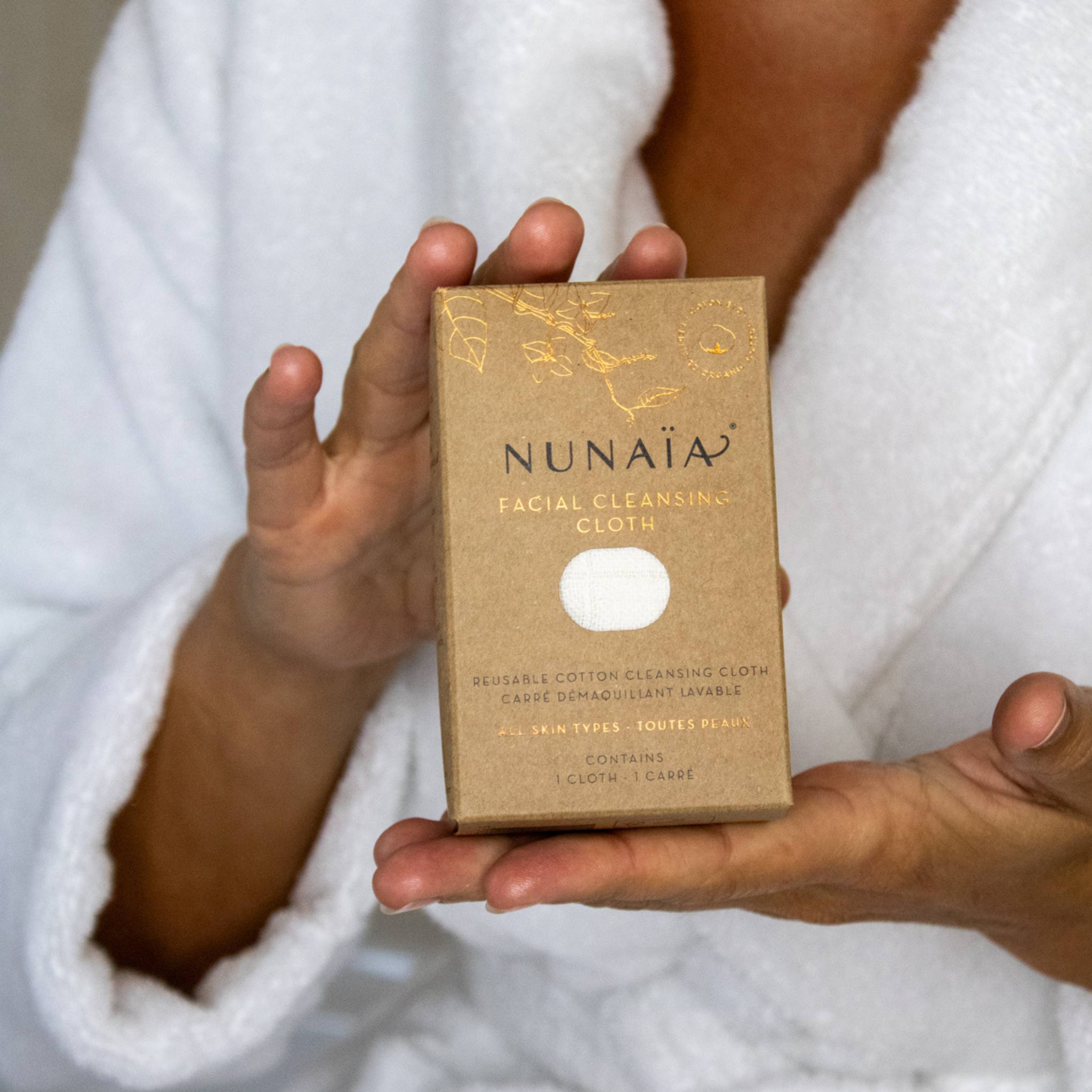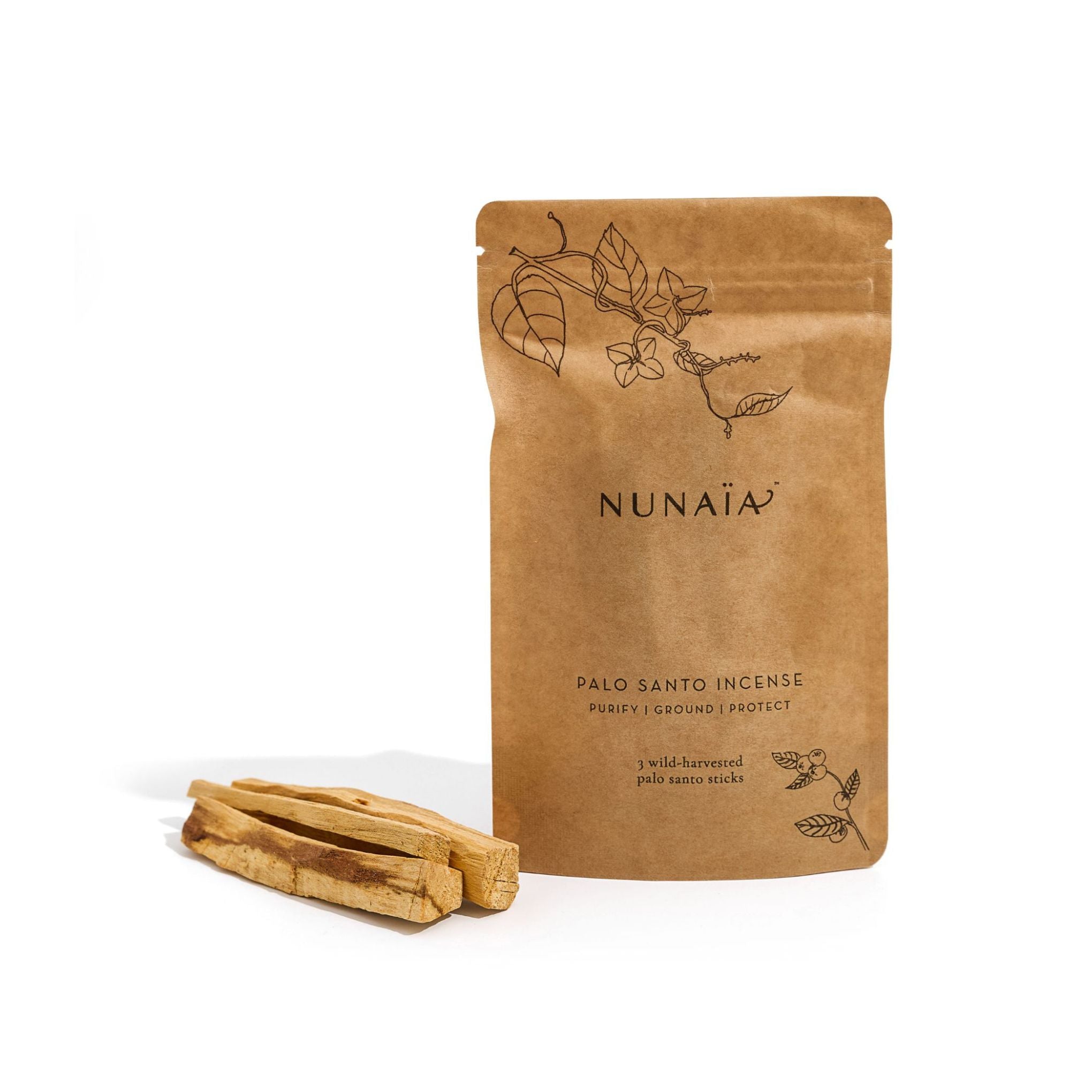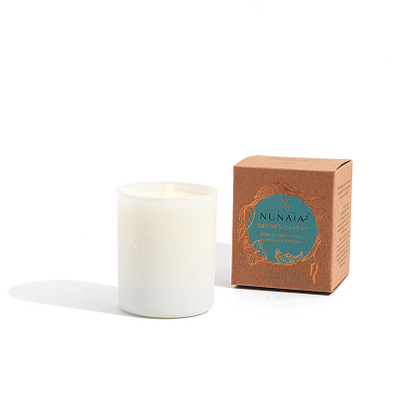We believe getting older is a privilege but we also know that our skin can feel drier, look less radiant and feel a little less resilient as we move into our wiser years.
These are all signs that our skin barrier isn’t as robust as it used to be. Enter the repair duo: ceramides and fatty acids. These key lipids act like the building blocks of your skin’s protective wall, that we lose gradually with age (and with harsh cleansers, cold weather or over-exfoliation).
At Nunaia, we believe in gentle cleansing, barrier restoration and nourishment that supports skin’s innate strength. In this post, we’ll explore why the skin barrier matters, what these lipids do, who needs them (spoiler: that’s most of us at this stage!) and how to layer them in your ritual for maximum effect.

Barrier biology - What’s happening beneath the surface
Think of your skin barrier as a brick wall: the “bricks” are the skin cells (corneocytes), and the “mortar” holding them in place is the lipid mixture of ceramides, cholesterol and fatty acids. When everything is in balance, your skin retains moisture, resists irritants and looks smooth and plumped.
But when lipids deplete - thanks to age, harsh cleansers, cold/dry climate or aggressive actives, the mortar starts to fail. That leads to increased transepidermal water loss, meaning your skin is literally losing moisture faster than it’s replenished. Result: dryness, flakiness, fine lines, sensitivity and a less resilient complexion.
Repairing the barrier isn’t cosmetic fluff, it restores your skin’s hydration and resilience from the inside out.
The golden ratio - ceramides & fatty acids
Ceramides are the “glue” that holds skin cells together. They account for around half of the lipids in the outer epidermis and are essential for barrier function.
Fatty acids nourish and support the outer layer of skin, helping to keep moisture in and strengthen the structure.

Why ratio matters
Research shows that maintaining a lipid ratio approximating the skin’s natural composition helps the barrier function best.
In practical skincare terms for mature, dry skin, many formulations aim for a 3:1 ceramide : fatty acid ratio to mimic the skin’s own natural lipid balance. When you see phrases on a product like “multi-lipid complex” or “barrier-repairing formula”, you’re looking at something designed with this in mind.
Clinical results speak for themselves: one study found that creams incorporating lipids including ceramides, triglycerides (fatty acid source) and cholesterol improved barrier metrics (e.g., hydration and trans-epidermal water loss) in dry skin over age groups.
Products like our Earth Blossom Moisturising Cream with this type of ratio have been shown to improve hydration and reduce water loss by meaningful amounts over 4 weeks.
Who needs barrier repair (Hint: most of us as we age!)
If you’re noticing:
- Skin feeling tight after cleansing or in between moisturiser layers
- Dry patches, flakiness, or visible loss of suppleness
- Fine lines appearing more quickly or sensitivity post-retinol/acid use
- Living in a cold or dry climate is impacting your skin
- Potent actives you use like retinol, vitamin C, acids are stressing your skin…then you’re a prime candidate for targeted barrier-repair lipids (i.e a ceramide moisturiser like Earth Blossom Moisturising Cream for mature skin).
Here's a quick skin barrier health checklist for you:
- Tightness after your cream
- Moisturiser absorbed instantly but skin still feels a little “empty”
- Sensitivity creeping in (post-treatment or seasonal)
If yes to any of the above your skin needs more barrier support.
How to layer ceramides & lipids for maximum repair
Establishing a layering ritual that supports your skin barrier is key. Here’s a simple breakdown:
AM vs PM Routine:
|
Step |
Morning |
Evening |
|
Cleanse |
||
|
Hydrate |
||
|
Protect |
SPF 30+ |
Cleanse gently using our Superfood Cleansing Balm - avoid foaming, stripping cleansers that compromise lipids.
On slightly damp skin apply your Nourishing Radiance Serum – this helps attract moisture into the skin.
Immediately follow with your ceramide-rich cream (Earth Blossom Moisturising Cream) - this is your lipid repair step.
For extra nourishment, use our Nourishing Radiance Serum again as your last step in the evening.
Re-apply your Earth Blossom Moisturising Cream midday or as needed during colder months, post-active use, or when the skin feels “off”.
By layering in this way, you build hydration (humectants) + structure (lipids) + protection (seal), which is exactly what dry and mature skin needs.

FAQs - ceramides & lipids for dry, mature skin
Are ceramides natural or synthetic?
They’re both, ceramides occur naturally in skin but can be lab-synthesised to mimic human lipids.
Can I use ceramides with retinol?
Yes, they help buffer irritation and restore balance. Apply your ceramide cream (Earth Blossom Moisturising Cream) after your retinol at night for best effect.
How often should I apply a ceramide moisturiser?
Twice daily is ideal, and re-apply midday if your skin starts to feel tight or dry.
What’s the difference between ceramides and oils?
Oils soften and seal the surface; ceramides rebuild and strengthen the skin’s underlying structure (the mortar between the bricks).
Do ceramides clog pores?
No, they’re skin-identical lipids and are non-comedogenic if correctly formulated.

Key ceramide takeaways
-
Ceramides and fatty acids are your skin’s repair crew, essential for barrier restoration.
-
A 3:1 ratio of ceramides : fatty acids is the gold standard for dry, mature skin.
-
Layer your skincare: hydrator first, then a ceramide-rich cream, then oil if needed - consistency matters.
-
Results often begin to show within 2-4 weeks of consistent barrier care.
-
If your moisturiser absorbs instantly but your skin still says “thank you, I’m dry”, chances are your barrier needs a lipid-rich support system.
Support your skin’s natural barrier with Nunaia’s Earth Blossom Moisturising Cream, enriched with plant-derived ceramides and essential fatty acids. Clinically proven to restore comfort, strength and luminosity.
Shop the Ritual HERE .
